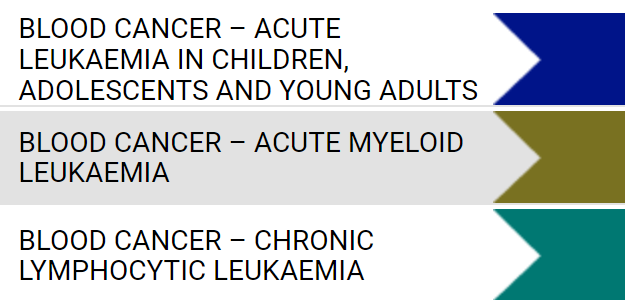3.6.1 Prehabilitation
Cancer prehabilitation uses a multidisciplinary approach combining exercise, nutrition and psychological strategies to prepare patients for the challenges of cancer treatment such as surgery, systemic therapy and radiation therapy. Team members may include anaesthetists, oncologists, surgeons, haematologists, clinical psychologists, exercise physiologists, physiotherapists and dietitians, among others.
Patient performance status is a central factor in cancer care and should be frequently assessed. All patients should be screened for malnutrition using a validated tool, such as the Malnutrition Screening Tool (MST). The lead clinician may refer obese or malnourished patients to a dietitian preoperatively or before other treatments begin.
Patients who currently smoke should be encouraged to stop smoking before receiving treatment. This should include an offer of referral to Quitline in addition to smoking cessation pharmacotherapy if clinically appropriate.
Evidence indicates that patients who respond well to prehabilitation may have fewer complications after treatment. For example, those who were exercising before diagnosis and patients who use prehabilitation before starting treatment may improve their physical or psychological outcomes, or both, and this helps patients to function at a higher level throughout their cancer treatment (Cormie et al. 2017; Silver 2015).
For patients with colorectal cancer, the multidisciplinary team should consider these specific prehabilitation assessments and interventions for treatment-related complications or major side effects:
- conducting a physical and psychological assessment to establish a baseline function level
- identifying impairments and providing targeted interventions to improve the patient’s function level (Silver & Baima 2013)
- referral to a stoma nurse
- reviewing the patient’s medication to ensure optimisation and to improve adherence to medicine used for comorbid conditions.
Following completion of primary cancer treatment, rehabilitation programs have considerable potential to enhance physical function.







